Do you know your comedones from your collagen? Fear not. We’re here to help. Welcome to your Go-To glossary. A handy list of tricky terminology to make skincare a little simpler. Exactly as it should be.
Acne
A skin condition where the sebum (your skin’s natural oil) mixes with dead skin cells, grime and bacteria, and clogs your pores. Ick! This results in angry and inflamed bumps which have many different types: whiteheads, blackheads, closed comedones, cysts, pustules, and papules (the most common form of pimple) (and arguably the grossest name).
Active
The potent, do-it-all ingredients found in your skincare products. Whether it be to speed up skin cell turnover or tackle pigmentation, actives don’t mess around. Some common active ingredients you might be familiar with are retinol, the family of AHAs (like the lactic acid in our Swipeys), vitamin C, niacinamide, hyaluronic acid and the family of BHAs (like glycolic or salicylic acid). With all their active-ness, they are more likely to irritate your skin so it’s important to take it slow when you first introduce any of these.
AHA (Alpha Hydroxy Acid)
A type of chemical exfoliant that helps loosen the ‘glue’ that binds skin cells together. They are designed to whisk away dead skin cells and let fresh, new, younger-looking ones shine through.
Effective Exfoliation Handy little exfoliating pads soaked in an all-natural solution with lactic acid. Exfoliating Swipeys perfectly exfoliate and hydrate the skin.Exfoliating Swipeys
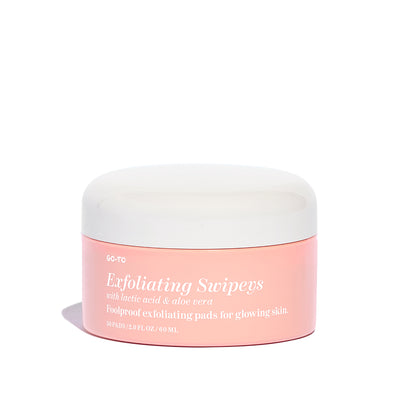
Antioxidant
A naturally-occurring ingredient that helps protect the skin against free radical damage. They work hard to keep your skin glowing, bright and healthy.
Beta Hydroxy Acids (BHAs)
Another type of chemical exfoliant that smooths fine lines, evens pigmentation, and penetrates deeply into pores. Known for dissolving sticky plugs of sebum and dead skin, BHAs are commonly used for treating acne and blackheads.
Blackheads
A pore that is clogged by a mixture of sebum (oil), bacteria, and dead skin cells. Typically located on your nose, back, and chest, blackheads sit close to the surface and oxidise. This turns them darker in colour (hence the name).
Cell turnover
The continual process of shedding dead skin cells and then replacing them with fresh, younger cells. Neat!
Ceramides
Naturally occurring fats that can be found in your sebum (skin's oil). They hold together the cells of your skin’s protective barrier and become very essential as we age.
Collagen
A protein in your skin that makes it bouncy, youthful, and plump. Once you hit your 20s, your collagen production gradually starts to slack-off. Certain ingredients (such as retinol and peptides!) can help to stimulate new collagen production.
Comedones
Better known as pimples. Comedones are the small bumps found on your skin when a pore/hair follicle becomes blocked by dead skin cells, bacteria, and/or sebum. There are two types: open comedones (blackheads) and closed comedones (whiteheads). Both are equally annoying.
Double cleansing
Exactly what it sounds like! You wash your face twice. First with something oil-based (like a cleansing oil or balm), then with something water-based (like a mousse, milk, or gel). It’s mega effective, and it gets your face mega clean.
Soft and Clean The ultimate one-two punch for soft, clean skin. Cleanse away SPF, makeup, or that adorable colony of pastry crumbs with Fancy Face and Properly Clean.Double Cleanse

Emollient
An ingredient that softens the skin and leaves everything lovely and smooth. They work by filling in the gaps between skin cells with hydrating oils and lipids. Cleverer.
Enzymes
Enzymes are used in skincare products to help aid in exfoliation, brighten complexions, and boast ludicrously soft skin. If you’re trawling your ingredient list, the names of most enzymes end in –ase. (Adding -ase to regular words however does not make it an enzyme.)
Exfoliation
An essential part of every skincare routine. It breaks down the ‘glue’ that holds dead skin cells together and forces old, dull skin cells to bugger off, which in turn allows fresh, new skin cells to come through all luscious and glowy.
There are two types of exfoliation. Physical, which uses rough, jagged particles to physically scrub your face. And chemical, which uses naturally occurring acids (usually AHAs or BHAs) to clear the skin. (Chemical exfoliants typically give a far more even and thorough result, which is why we much prefer them.)
Extraction
The process of clearing a clogged or inflamed pore. Best done by a professional skin therapist/facialist to make sure your skin doesn’t invite bacteria in, or to incur any extra damage (inflammation or scarring).
Free Radicals
Highly unstable molecules created in the body by sunlight, cigarette smoke, and pollution that latch onto and damage cells in ways that can lead to roughness, sagging, and wrinkling.
Humectant
A moisturising ingredient that draws water from the dermis (deep down skin layer) up to the epidermis (surface layer) where dehydration occurs. They’re basically the Bear Grylls of skin care ingredients (i.e. they’re incredibly resourceful).
Hydration
Replacing the water in the skin/body.
Inflammation
The swelling of the skin. Usually presenting itself in the form of redness, pimples, rashes and blisters.
Lipids
Your skin’s natural oils. These fats work to maintain the strength of your skin’s protective barrier.
Moisture Barrier
The outermost layer of your skin (or stratum corneum). A happy, healthy moisture barrier keeps pollution at bay and moisture locked in while protecting you from environmental damage.
Moisturise
Hydrating the (even very dry) skin.
Daily Moisturiser Very Useful Face Cream is a hydrating daily moisturiser that defends your skin against premature ageing, and smells pretty alright too.Very Useful Face Cream
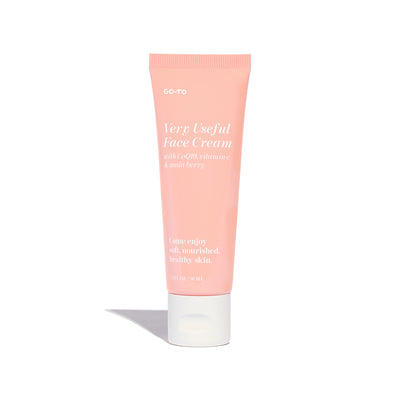
Non-comedogenic
A term used to describe a product’s non-pore-clogging abilities.
Occlusive
Similar to emollients, occlusives will seal moisture into your skin where it belongs and stop water from evaporating. Occlusives are heavier, and therefore better for drier skins, while emollients work best for those with oily skin.
Peptides
Tiny proteins in the skin that promote collagen growth and help repair skin. Without them, our skin loses its bounce and fine lines/wrinkles tend to start popping up.
pH
Potential Hydrogen in science-y terms. The pH is the scale that measures the acidity or alkalinity of a water-based product. (In skincare this would be your cleansers, toners, and creams.) Water has a neutral pH of seven, so anything lower is acidic, and anything higher is alkaline. A very general rule is to have pH-balanced skincare products to fall on the slightly acidic side of neutral, but the expected range varies between each category of skincare product.
Pigmentation
Also known as hyperpigmentation. Pigmentation refers to dark or sun spots, where the melanin (pigment) of your skin changes and begins to darken and show discolouration.
Pores
Tiny openings of hair follicles in the skin that release oils and sweat.
Sebum
The oily, sweat-like substance released from the sebaceous glands in the skin.
Sebaceous Filaments
A blackhead look-alike! These are the buildup of sebum (oil) in the skin. Drawn from the oil in your sebaceous glands to your skin’s surface, sebaceous filaments are formed to protect and hydrate the skin. They’re super common and nothing to worry about.
Stratum Corneum
Hello moisture barrier? Is this you sneaking into the glossary again? Knew it. To recap, it’s the outermost layer of your skin that acts as a bodyguard to keep the bad stuff (bacteria, pollutants) out and roll out the welcome mat for the good stuff (fancy face ingredients, hydration and other gifts).
Whitehead
An inflamed clogged pore. Whiteheads are a kind of pimple formed when oil, bacteria and dead skin cells become trapped under the skin’s outermost surface. Cute! (Not!)
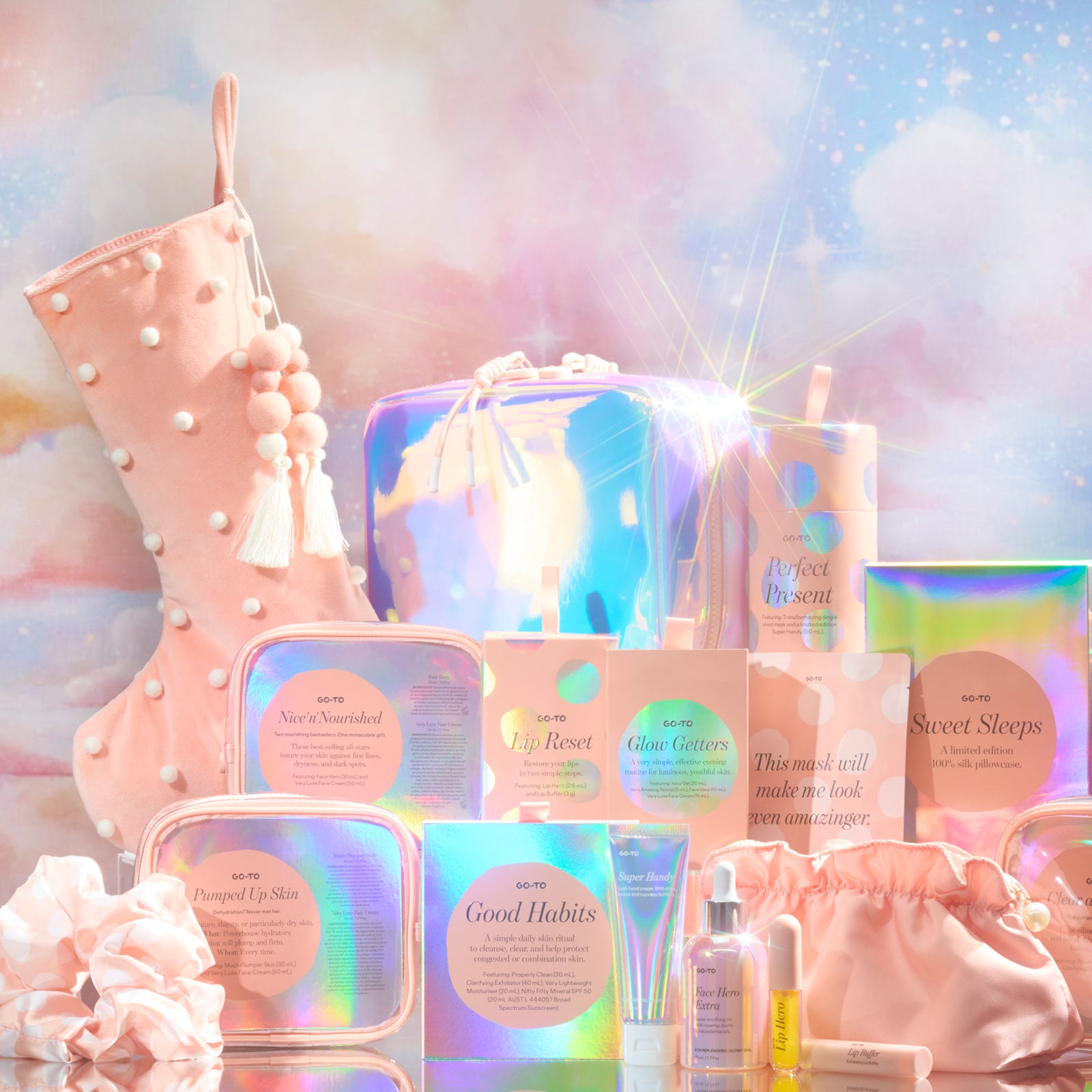



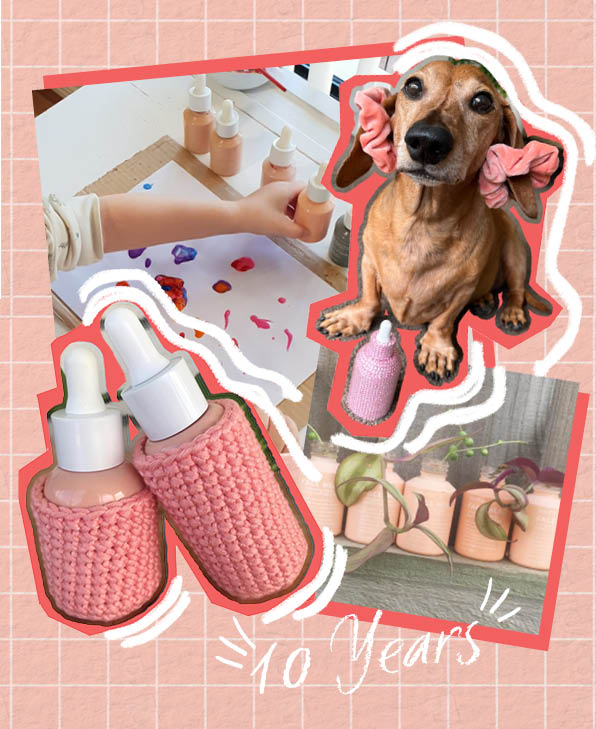

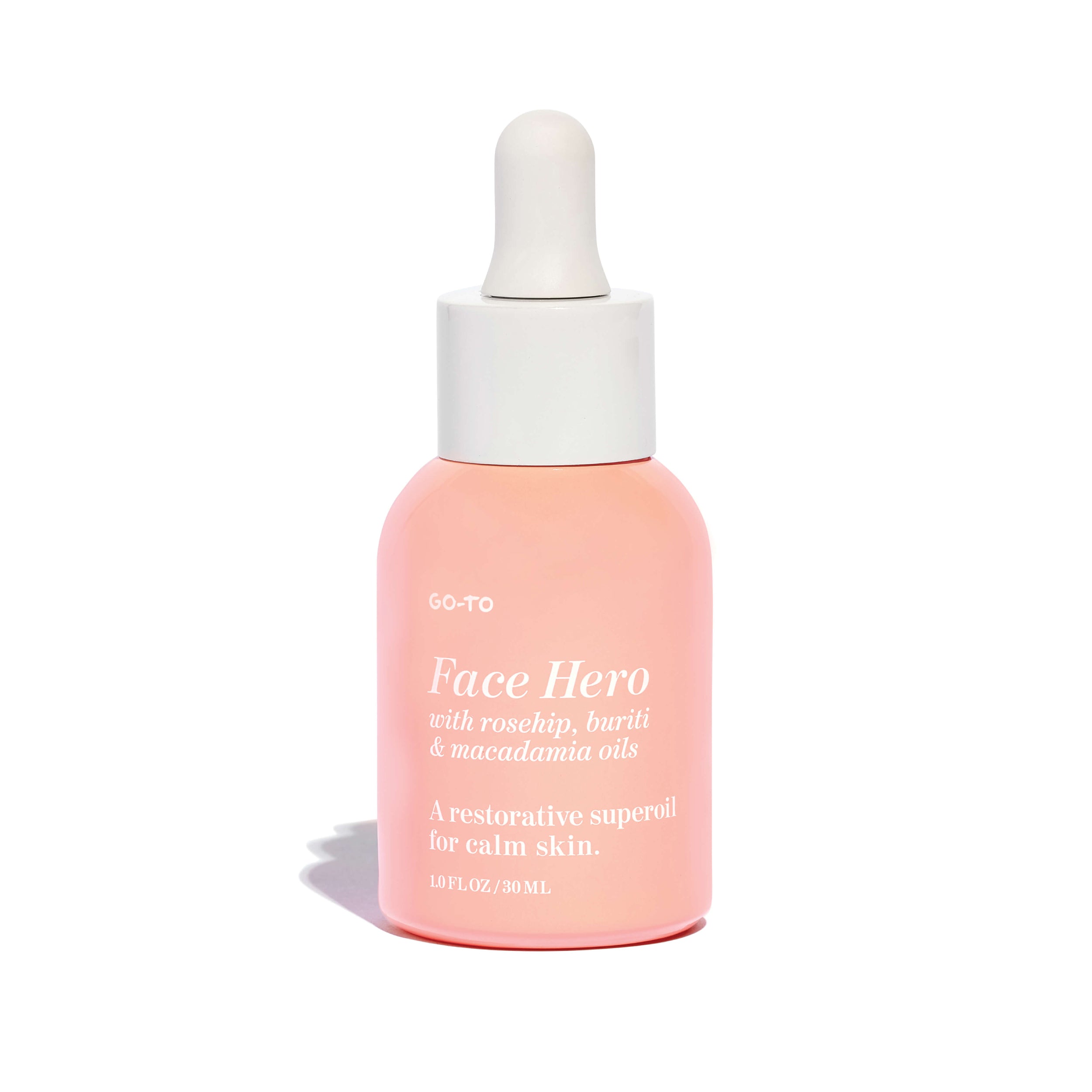


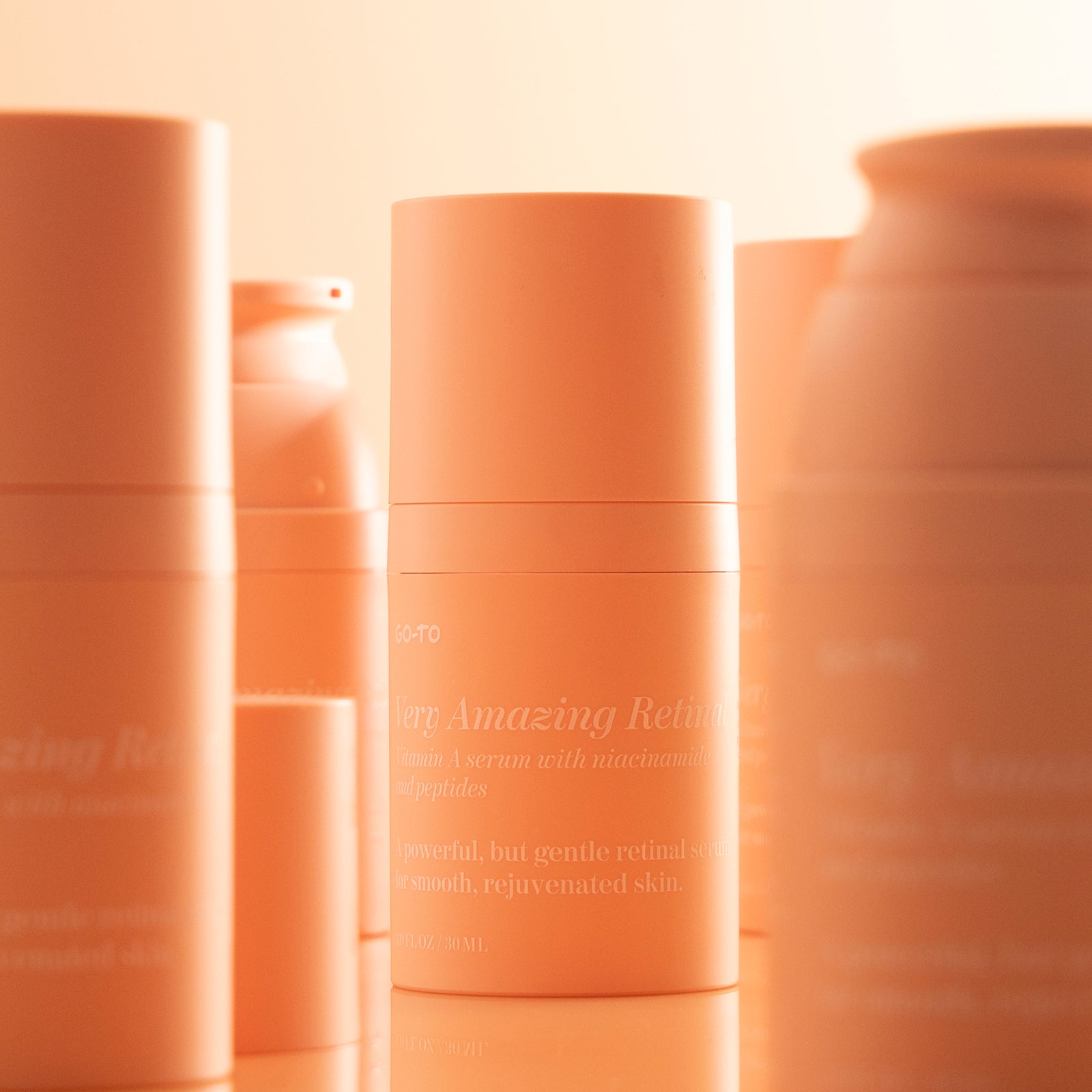
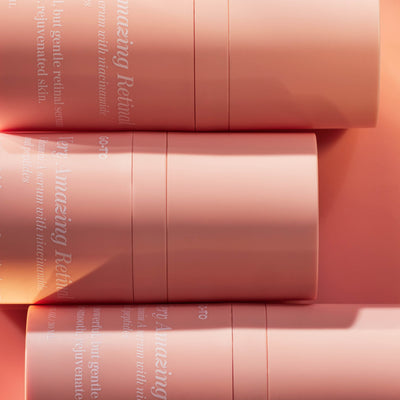


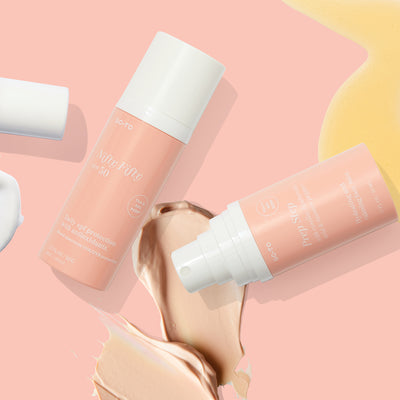

Comments